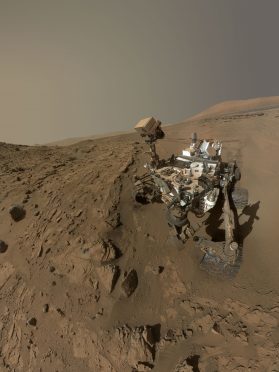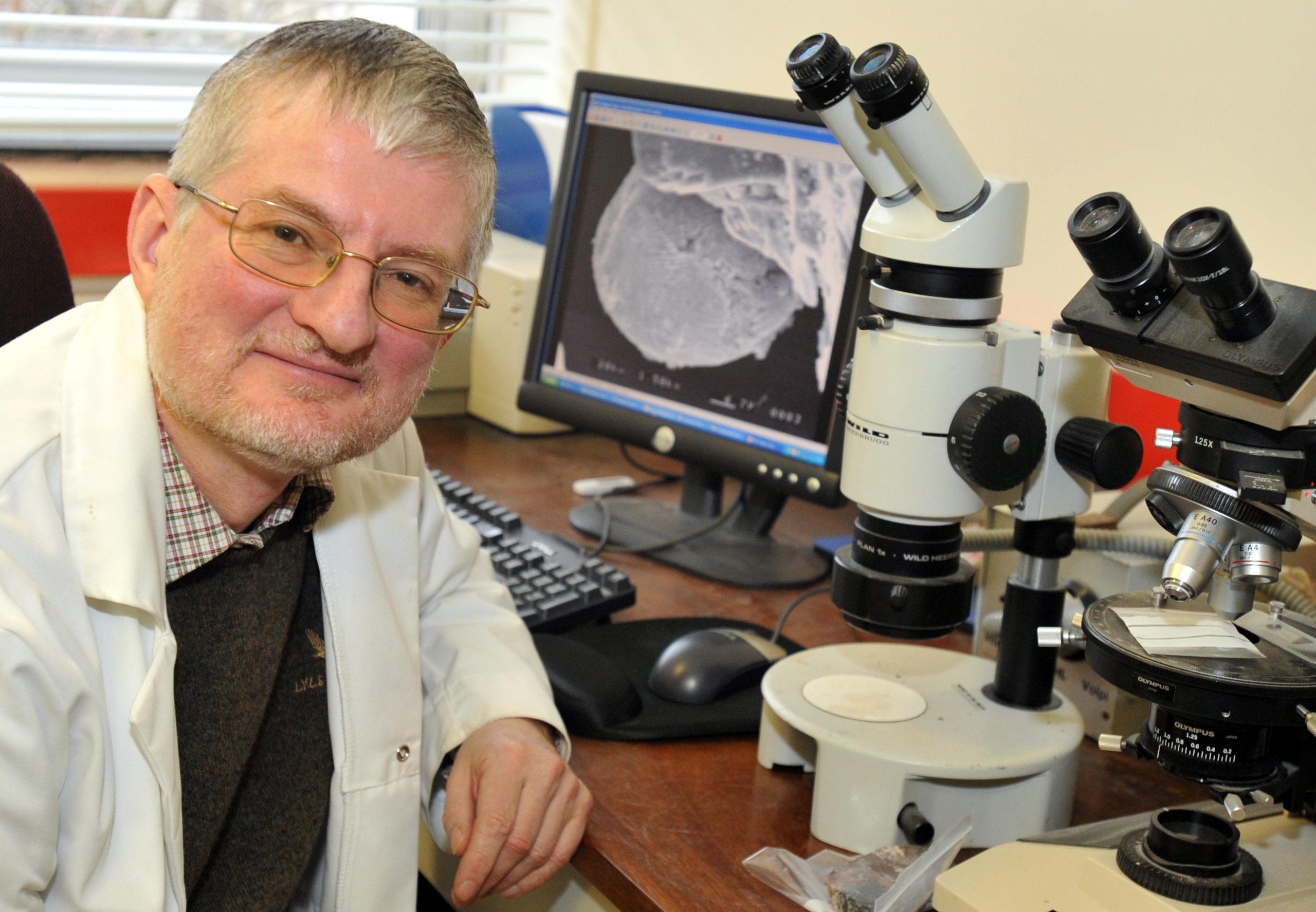Scientists at Aberdeen University believe they have discovered more evidence to suggest there is life on Mars.
As preparations continue at NASA for a mission to Mars in 2018, researchers studying rocks on Barra and the Uists have shown that hydrogen – which is essential for life – is formed by earthquakes.
On Mars there are ‘Marsquakes’ which may produce hydrogen in the same way.
The study, which has been published in the journal Astrobiology, was carried out by scientists from Aberdeen University and colleagues at Yale University and Brock University.
Professor John Parnell, from the school of geo-science, said: “Earthquakes cause friction, and our analysis of ancient rock in the Outer Hebrides has demonstrated how this creates hydrogen.
“Hydrogen is a fuel for simple microbes, so microbes could live off hydrogen created in the earth’s subsurface as a result of seismic activity.
“This is a model that could apply to any other rocky planet, and on Mars there are so called marsquakes that may produce hydrogen and therefore could feed life in the Martian sub-surface.
“Our analysis finds that conservative estimates of current seismic activity on Mars predict hydrogen generation that would be useful to microbes, which adds strength to the possibility of suitable habitats that could support life in the Martian sub-surface.”
NASA’s mission to Mars is expected to launch in May 2018, with the landing scheduled for the end of November the same year.
Prof Parnell added: “NASA has plans to measure seismic activity on Mars during its 2018 inSight mission, and our data will make those measurements all the more interesting.”
Acting associate administrator for NASA’s science misson directorate, Geoff Yoder said: “Our robotic scientific explorers such as InSight are paving the way toward an ambitious journey to send humans to the red planet.”
NASA’s primary goal of InSight is to “understand how rocky planets formed and evolved.”

